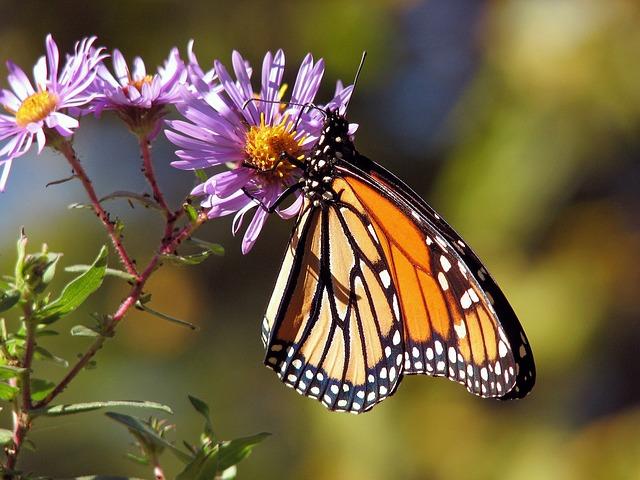- Introduction
- Location and Ecosystem
- Migration Patterns of Monarch Butterflies
- Conservation Efforts in the Biosphere Reserve
- Community Impact and Tourism
- Conclusion
- FAQs
- References
Introduction
The Monarch Butterfly Biosphere Reserve is a marvel of nature, an ongoing migration spectacle that draws attention from scientists, conservationists, and tourists alike. This incredible reserve, located in Mexico, is a UNESCO World Heritage site and protects vital overwintering habitat for one of North America's most beautiful and iconic insects—the monarch butterfly.
In this article, we’ll explore the exact location and ecosystem of the reserve, the incredible migration patterns of these butterflies, conservation efforts undertaken to protect them, as well as the impact on local communities and tourism. By the end, you will have a deep understanding of the ecological significance of this reserve, its challenges, and current strategies designed to preserve this natural phenomenon for future generations.
Location and Ecosystem
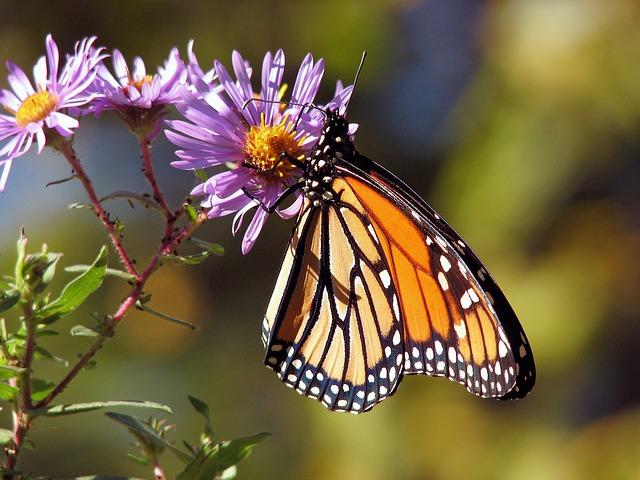
(Image: Pixabay/@PublicDomainPictures)
The Monarch Butterfly Biosphere Reserve is located high in the forested mountains of central Mexico, primarily within the states of Michoacán and Estado de Mexico. At altitudes ranging from 2,400 to 3,600 meters, it provides the perfect microclimate of cool temperatures and humidity that monarchs need during their winter hibernation.
The area is distinguished by a combination of oyamel fir forests, pine, and oak trees. These towering forests offer protection and roosting sites for millions of monarch butterflies. While not immediately seen as tropical, this unique montane ecosystem supports impressive biodiversity, hosting many other species of flora and fauna.
Covering over 56,000 hectares (138,379 acres), the reserve sits within the Transvolcanic Belt at an elevation designed to shield monarchs from harsh weather, allowing their metabolic rate to slow down in colder temperatures. This slows down their energy consumption during hibernation.
The natural beauty of the reserve has led it to be declared a world patrimony of humanity by UNESCO in 2008, further highlighting its importance for both wildlife conservation and international tourism.
Migration Patterns of Monarch Butterflies
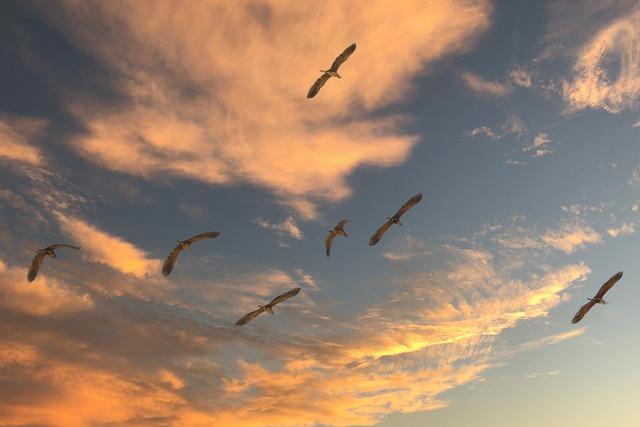
(Image: Pixabay/@dimitrisvetsikas1969)
The annual migration of monarch butterflies is a biological wonder. Every year, millions of monarchs travel thousands of kilometers from regions of Southern Canada and the United States to the Monarch Butterfly Biosphere Reserve in Mexico. Covering distances of up to 4,800 kilometers (around 3,000 miles), they are among the few insects capable of such extensive migrations. What makes it even more remarkable is that none of the individual butterflies making the journey have ever done so before—they rely entirely on genetic and environmental cues.
The migration follows a southward direction in the fall, usually beginning in September. As days grow shorter and temperatures drop, the monarchs leave their breeding grounds and head south. Guided by the sun’s position, as well as magnetic detection, they navigate accurately to locate the preservative microclimate of their hibernation grounds within the Mexican mountains.
Once they arrive in late October or early November, monarchs cluster together in masses, creating dense colonies. These colonies help regulate temperature and preserve their energy throughout the winter months. By March, these same populations head back north to lay eggs in the U.S., giving rise to successive generations that eventually complete the cycle with a return trip later in the year.
This journey across continents is a critical part of their lifecycle and survival strategy, but threats including climate change, deforestation, and pesticide use in routes have started to impact monarch populations in recent years.
Conservation Efforts in the Biosphere Reserve
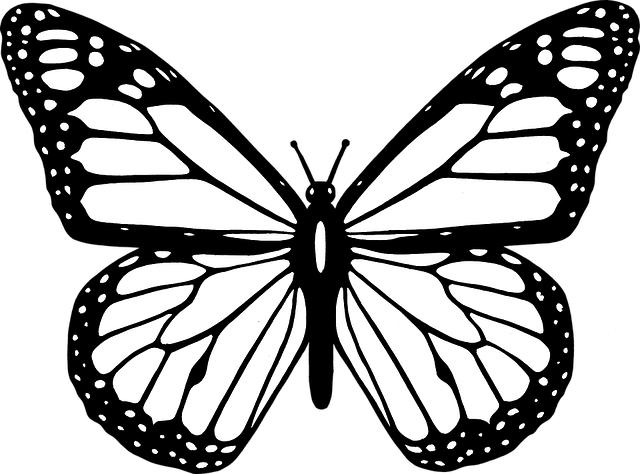
(Image: Pixabay/@OpenClipart-Vectors)
The Monarch Butterfly Biosphere Reserve has long been a focus for international conservation efforts aimed at mitigating the multiple threats faced by the species. Key issues include illegal logging, agricultural expansion, and the use of herbicides and pesticides.
Programs aimed at protecting and restoring the habitats essential for monarchs have been increasingly developed over time. Partnerships between governments, NGOs, local communities, and researchers have laid the groundwork for conservation projects.
One important initiative is the “Angangueo Reforestation Project,” which focuses on replanting native trees around the reserve. Similarly, patrols and community participation have cut down illegal logging within the protected ecosystems. The establishment of "buffer zones" helps to control tree harvesting outside conservation areas to reduce environmental damage.
Transnational cooperation between Mexico, the United States, and Canada—where monarch migration occurs—is essential for monitoring phases of the migration cycle, including necessary protection during the butterfly's development phases in each country.
Community Impact and Tourism
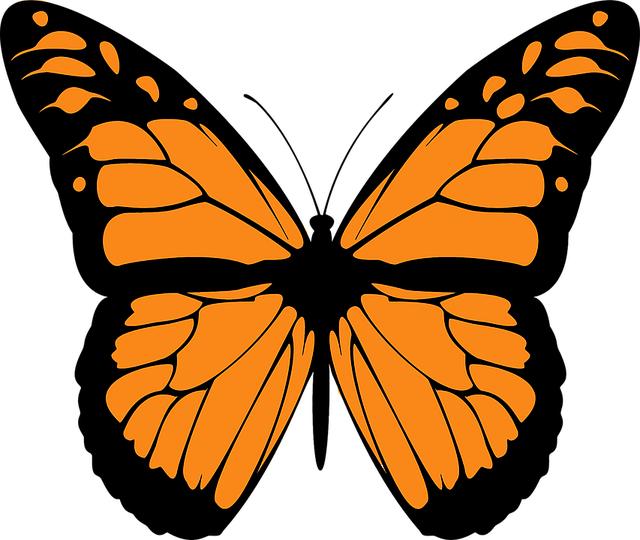
(Image: Pixabay/@OpenClipart-Vectors)
Tourism related to monarch butterflies has become an economic lifeline in local communities surrounding the Monarch Butterfly Biosphere Reserve. The region sees thousands of nature enthusiasts, scientists, and photographers annually, who all hope to witness the breathtaking sight of butterflies clustered by the millions.
Ecotourism has been encouraged by conservation organizations and local authorities to balance environmental preservation while providing livelihood opportunities for locals, especially in rural areas where employment options might be limited. Several educational programs ensure those involved in tourism understand the importance of safeguarding the reserve's delicate ecosystem.
The most popular sites within the reserve are El Rosario and Sierra Chincua, both of which allow visitors guided tours of the butterfly colonies. In the peak season, typically between November and March, tourists can observe the clusters of butterflies covering trees, branches, and leaves in extraordinary numbers.
At the community level, programs like the “Self-Organization Projects” have encouraged residents to become active participants in preserving their natural surroundings while benefiting economically from the ecotourism industry.
Conclusion
The Monarch Butterfly Biosphere Reserve stands as a testament to the complex and incredible phenomenon of animal migration. Its significance transcends the awe-inspiring presence of monarch butterflies, reminding us of the deep connections between ecosystems, climate, and human activities. Conservation efforts within the reserve underscore the importance of international collaboration and local involvement, ensuring that this natural wonder continues to captivate and inspire for generations to come.
The reserve offers a glimpse into the astonishing resilience of a species dependent on a fragile and ancient migration path that spans an entire continent. While its future is etched in hope, it also reminds us of our responsibility to protect these journeys through continued preservation, sustainability initiatives, and ecological awareness.
FAQs
What is the best time to visit the Monarch Butterfly Biosphere Reserve?
The best time to visit the reserve is between November and March when the butterflies are clustered in their colonies. Peak viewing can be expected from mid-January to late February, as warmer conditions prompt more movement among the butterflies.
How far do monarch butterflies travel during migration?
Monarch butterflies can travel anywhere from 1,800 to 4,800 kilometers (1,100 to 3,000 miles) during their migration, depending on their starting location in North America.
Why do monarch butterflies migrate to Mexico?
Monarch butterflies migrate to Mexico to escape the cold climates of northern regions in Canada and the United States. The cooler temperatures and specific microclimate of the Oyamel fir forests in the Biosphere Reserve allow them to conserve energy during their hibernation period.
Is the Monarch Butterfly Biosphere Reserve safe for tourists?
Yes, the reserve is generally considered safe for tourists. Officially sanctioned tourist centers like El Rosario and Sierra Chincua offer guided tours and maintain security measures to protect both visitors and the environment.
What are some threats to monarch butterflies?
Threats to monarch butterflies include habitat loss due to deforestation, the destruction of milkweed plants (which serve as caterpillar food), climate change, and increased use of pesticides.

